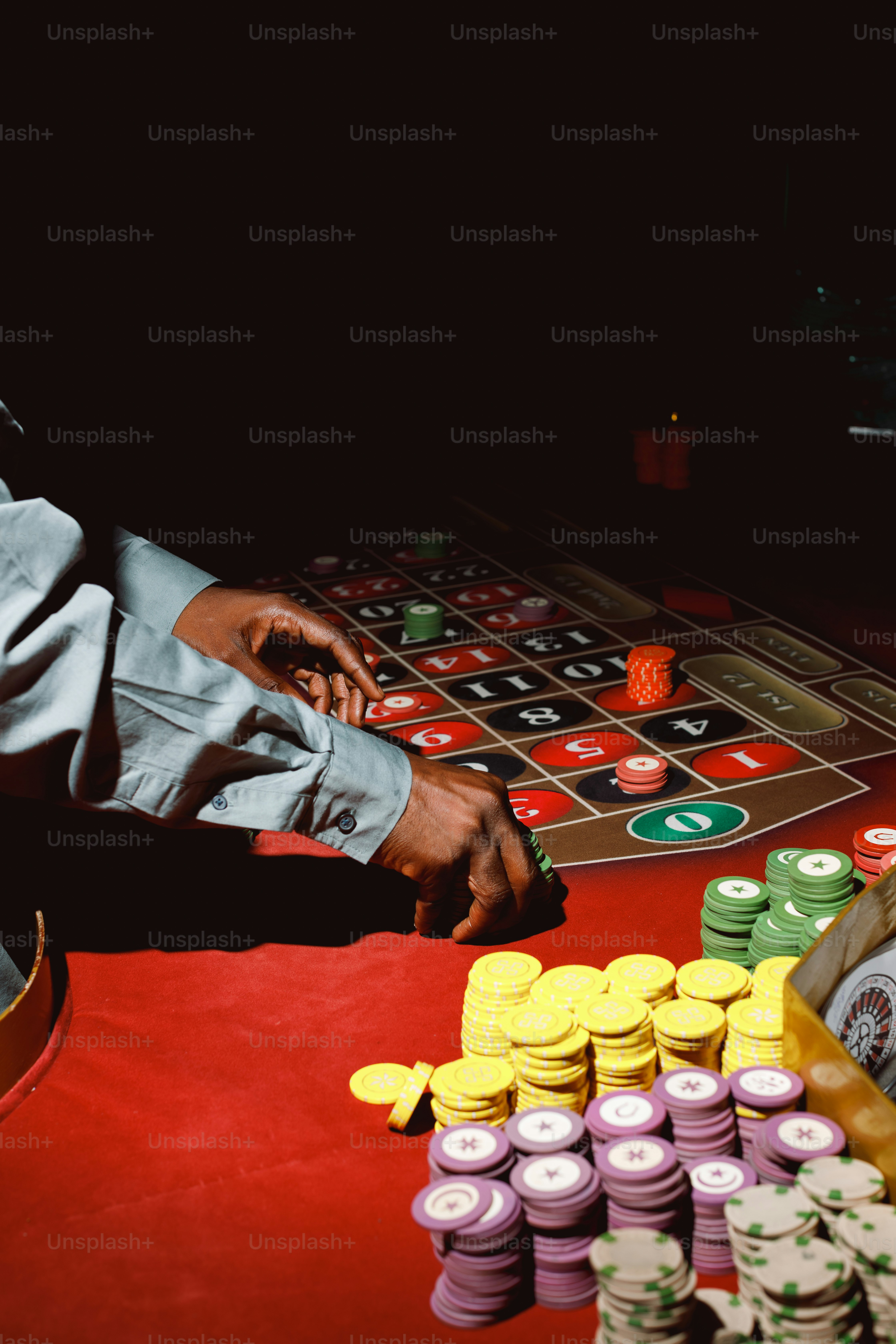Is Plinko Just a Game — or a Clever Trap Disguised as Fun? A Look Into the Compulsive World of Digital Drops and Deceptive Promises
Being an informed user is your best shield against emotional and financial burnout. And let’s not forget the inner game being played. The randomness of the Plinko balls, the suspense of each drop, the brain buzz when a ball hits a high-value slot—all of it gets us hooked. The danger isn’t just in the broken promises, but in the time, emotion, and mental energy these apps can drain. What starts as a short distraction can turn into a sinkhole of time and hope. And with some apps structured to stretch the finish line forever, the trap can be hard to see until you’re already in it. Still, the future of Plinko doesn’t have to be bleak. With the right regulations, honest developers, and a more informed player base, Plinko can have a positive role in digital entertainment, whether you’re killing time or playing seriously. There’s even potential for innovation—imagine Plinko battle royale, head-to-head drops for in-game glory, or even narrative Plinko quests. The game is simple, but its possibilities are endless. So if you’re someone who loves a dash of chaos, a splash of risk, and the satisfaction of watching a ball bounce its unpredictable way to the bottom of a board, then Plinko might just be a solid pick for your game rotation. Just remember to enjoy the fun, but don’t get played. Because whether it’s a harmless distraction or a sneaky gamble dressed as a game, Plinko will always be what you treat it as. The thrill is real, the risks are real—and with every Plinko ball you drop, you’re stepping into a moment of chance. So the next time you ask yourself “what is Plinko?”—know that it’s a symbol of modern digital risk. It’s a reflection of how we gamify our emotions, trust apps, and get hooked on uncertainty.
When someone hears the word Plinko, a whole lot of people flash back to the legendary part of a well-known U.S. game show. But with time, plinko game online real money moved beyond just being a show segment and entered the world of online fun and risk, becoming both a game and a betting tool. But what is Plinko exactly, and why is it suddenly everywhere, raising questions and eyebrows? This detailed walkthrough dives into the world of Plinko, including how it took off on the internet, how it actually works, its popularity in places such as Australia, its apps, the question of Plinko’s authenticity, and the burning issue: is it a trap or just a wild way to pass time?
In conclusion, Plinko is far more than just a retro throwback—it has become a gaming force that spans light-hearted play to serious stakes. The modern evolution of the Plinko game reflects the broader shifts in how we consume games today. What was once a basic prize-drop game has transformed into a multi-layered game category that now lives in our pockets, on our screens, and even in virtual casinos. Whether you’re in it for the vibe or chasing payouts, the appeal lies in its simplicity, suspense, and spark of “what if?”. But as we peel back the layers of this addictive experience, it’s important to understand both the fun and the flaws. That moment when the Plinko ball starts to fall, dancing through the maze of randomness, mirrors the way we handle uncertainty. It’s fun—but don’t get fooled. Especially with the rise of the deceptive gambling tactics, where the digital casino comes wearing a cartoon skin. These deceptive practices can turn what should be a harmless pastime into a time-wasting trap. The question “is Plinko real?” isn’t just about whether the game exists—it’s about whether the game is played straight or rigged behind the scenes. And too often, especially in the world of sketchy mobile variants, the answer should raise red flags. That’s why players need to be ready to enjoy—but not be fooled. Not all Plinko apps are scams, but the line between legit gaming and predatory behavior can be dangerously narrow, especially when wallets are on the table. It’s easy to get caught up in the illusion that the next drop is the drop. As the game continues to grow, especially in markets like Oz’s booming gaming culture, where casinos are going digital fast, the responsibility lies not just with app stores and promoters, but with us as users. We need to approach Plinko with the same kind of critical thinking we apply to any form of digital content today. If a Plinko app comes with fake reviews and big bold claims, dig deeper. If the Plinko reviews are echoing red flags and broken promises, trust the pattern.


